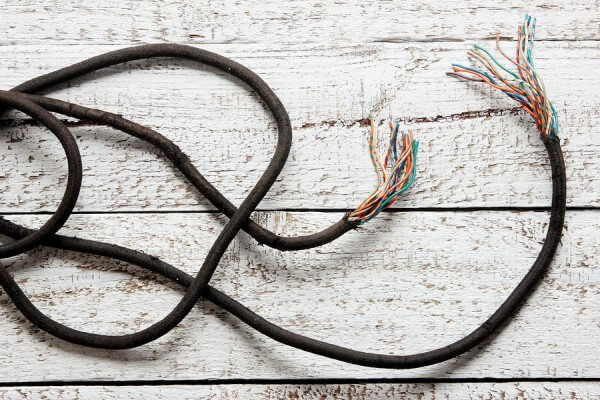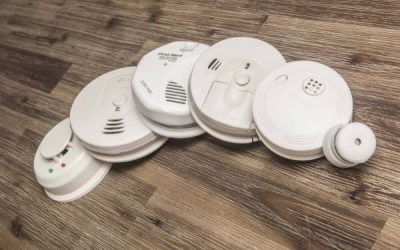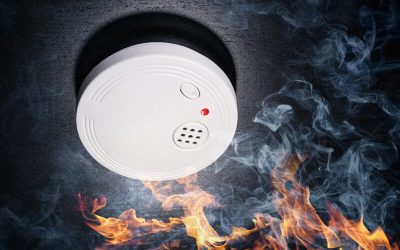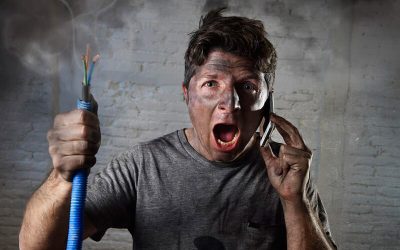After the advent of electricity and electrical appliances between the 1880s-1910’s, wiring found its way into many people’s homes.
Wiring was mostly sheathed by various materials – from sap to paper and, more commonly, tar or rubber (really another type of sap).
After this period, a new “better” type of wire was discovered, VIR (Vulcanised Indian Rubber) which seemed to be the silver bullet to all wiring problems.
As a result, VIR was installed in tens of thousands of Australian homes between 1910-1960. But the silver bullet of VIR cabling would quickly fade!
The Dangers of VIR
Unlike modern electrical wiring, VIR begins to decay over time.
Initially, it was found to be resistant to abrasion, corrosive-resistant, and waterproof. To top it off, it was relatively inexpensive to produce. The seemingly perfect solution!
However, despite its amazing properties, there was a glaring problem lurking just beneath the surface.
Much like an old rubber band, VIR will first become brittle, split, and fracture. After completely drying off, it will expose the live wires underneath.
Why is this of concern?
When a wire loses its protective sheath or cover, the possibility of it coming into contact with other materials arises.
If it contacts a conductive material, this can reroute the flow of electricity – especially when water comes into the mix. Unwanted electricity can potentially run next to flammable objects such as insulation, wood, and plaster – leading to a huge fire risk.
Additionally, when VIR cabling frays near another electrically charged component such as a switchboard, the results can literally be explosive!
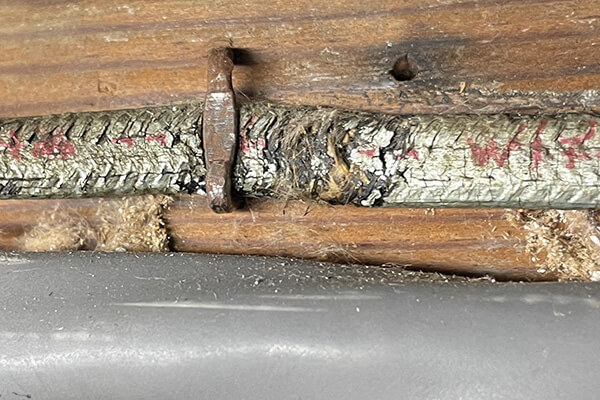
Furthermore, the wire lacks a proper “earthing component,” a solution to many other safety issues discovered throughout the years. For more information about “earthing” click here.
Modern Solutions to VIR
As a result, in the mid-1960s, VIR started to be replaced by TPS (Thermoplastic-Sheathed) Cables.
TPS is essentially a light but tough outer layer that shares many properties with VIR. However, it lacks the lethal breakdown-over-time characteristic, making it a far better substitute.
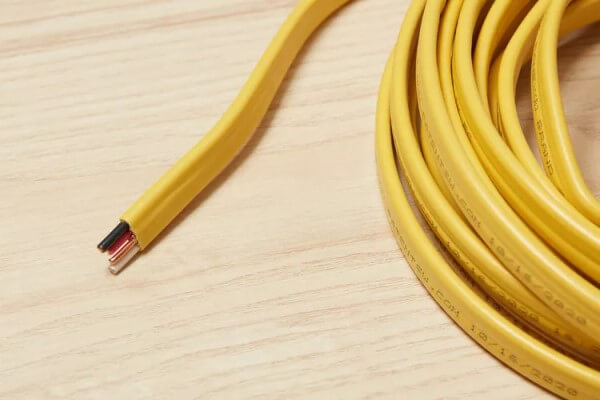
Simply put, if your house was built prior to the 1960s it’s quite possible that your electrical wiring is still partially or entirely made up of VIR!
Western Austrlia’s government has marked VIR electrical wiring as unsafe. Their warning on VIR wiring emphasises that electricians coming across this wiring should be mindful that the wiring is potentially hazardous and, in the majority of cases, will need replacement.
If this is the case with your home, there’s no need to fret.
Sarros Electrical has helped many WA families make their homes safe by replacing old wiring. Your house will require an electrical inspection, and if necessary some rewiring!
Better yet, this may be the perfect chance to future-proof your house with smart wiring!
All electrical wiring work must be installed by a licensed electrician, so please don’t attempt to fix this yourself!
What we do recommend, however, is speaking to your local electrician – someone well-versed in home rewiring and with a good knowledge of current industry standards.
Although the task is hazardous, a master electrician is well-trained to handle the situation, and get your house back up and running safely.

